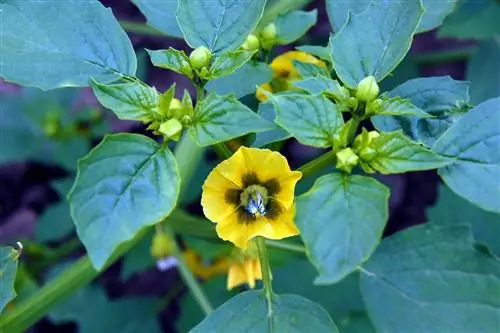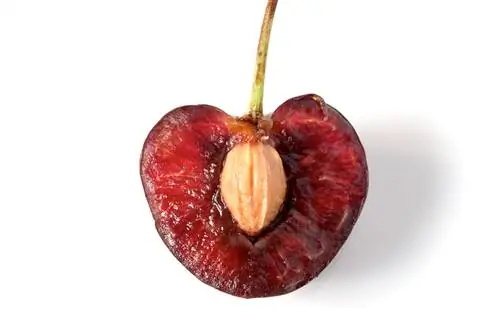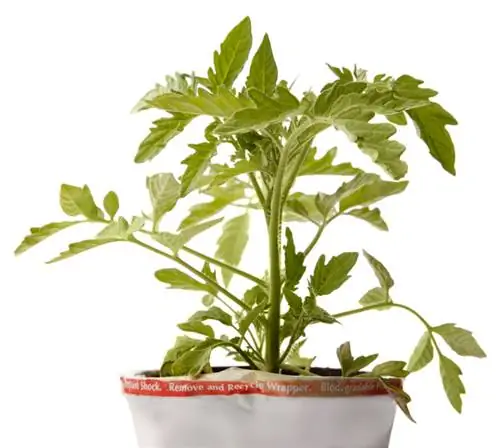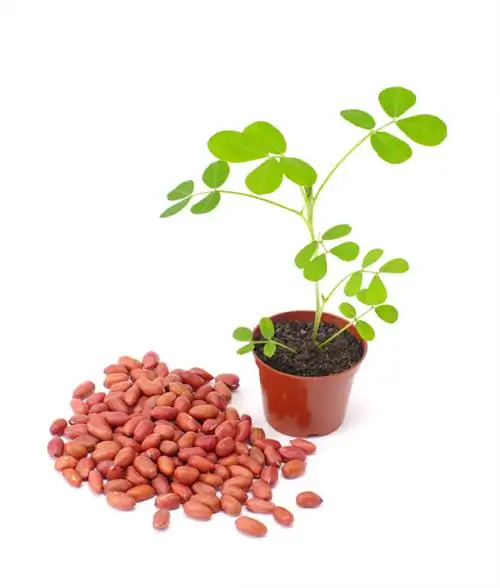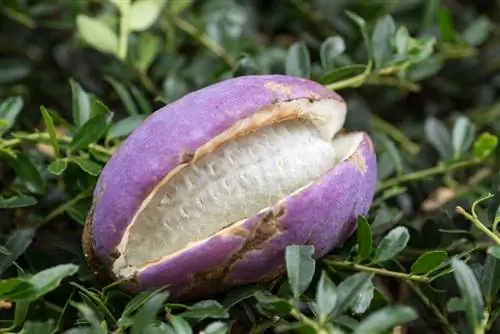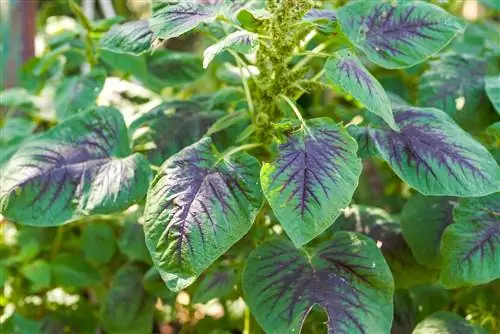- Author admin [email protected].
- Public 2023-12-16 16:46.
- Last modified 2025-01-23 11:22.
Physalis is a self-pollinating and self-fertilizing plant. Find out exactly what self-fertilizing means in the context of the nightshade plant and why you should give it a try every now and then.
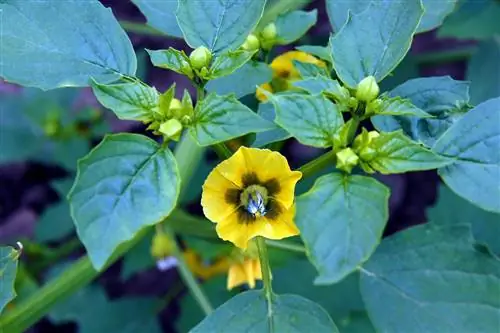
Is Physalis self-pollinating?
The Physalisis self-pollinatingIts fruits arise in the samehermaphrodite flowersthat previously adorned the plant. To move the pollen and thus promote good fruit formation, you should gently shake the flowering physalis every one to two days
What does it mean that Physalis is self-pollinating?
The fact that Physalis is self-pollinating means that fertilization occurs within the same flowers that precede fruiting. Unlike plants that rely on cross-pollination, the nightshade plant needsno busy insects
The Physalis hashermaphroditic flowersThis is the only way self-fertilization, also known as autogamy, is possible. The fruit developsin the calyx The latter enlarges three to four times on the growing berry and becomes lantern-shaped. As the fruit ripens, it dries out papery, thin and brownish.
Should you shake self-pollinating physalis?
Since thepollen for self-fertilization of the Physalis sits relatively firmly in the anthers, it is recommended to gently shake the plant every now and then to support fertilization and thus also to promote a rich harvest.
You may know this from tomatoes, which are related to Physalis and are also self-pollinating. As a rule, it is sufficient if you gently shake theflowering physalis every one or two days.
Tip
Instead of shaking, invite bumblebees
To get the pollen moving, you don't necessarily have to do it yourself. Physalis are quite popular with bumblebees. By inviting the furry insects into your garden, you are doing it and yourself a favor. The bumblebees will certainly be happy to help give you a rich Physalis harvest.

